Do these colored sandy beaches exist?
Here are listed the different colors of beach sands from around the world. The fineness of the sand gives its softness. Often, sandy lagoon beaches reflect the color of corals or shells in the water. When they are dead, they disintegrate and thus compose the sand of the beaches, giving surprising colors.

White
sand

Grey
sand

Blond
sand

Pink
sand

Brown
sand

Black
sand

Green
sand
Let's check that the beaches have all the mentioned colors. The very white and pink sands generally indicate the presence in the lagoon of corals of the same color. The black sands indicate a volcanic past and the green beaches, the presence of olivine.
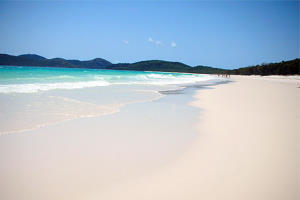 Australian white sand beach
Australian white sand beach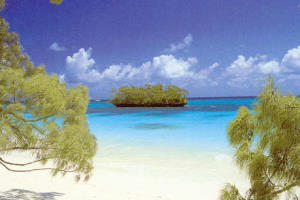 White sand beach in New Caledonia
White sand beach in New Caledonia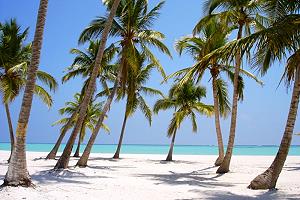 White sand beach in the Dominican Republic
White sand beach in the Dominican Republic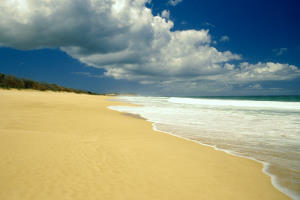 Beach with yellow sand of Brazil
Beach with yellow sand of Brazil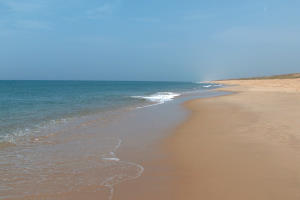 Cream sand beach in France Aquitaine
Cream sand beach in France Aquitaine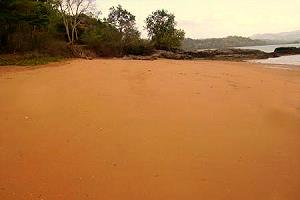 Mayotte brown sand beach
Mayotte brown sand beach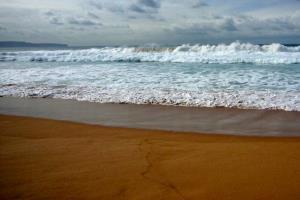 Australia's brown sand beach
Australia's brown sand beach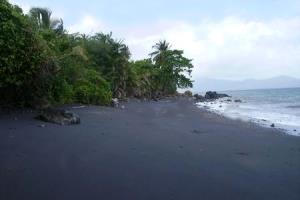 Black sand beach of Mayotte
Black sand beach of Mayotte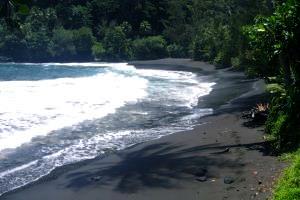 Black sand beach of Tahiti
Black sand beach of Tahiti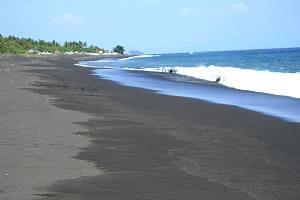 Indonesia gray / black sand beach
Indonesia gray / black sand beach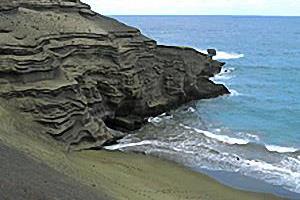 Green sand beach in Hawaii
Green sand beach in Hawaii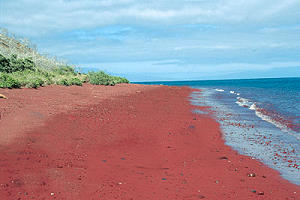 Galapagos Red Sand Beach
Galapagos Red Sand Beach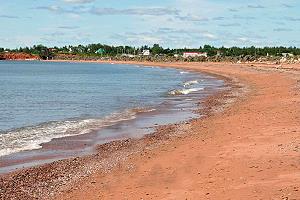 Red sand beach of Gaspésie
Red sand beach of Gaspésie
We see that although most people dream of a soft, pristine white sand beach, this is not the most common color in the world. The sands are tinged with purple, pink, red, green, black, orange, cream and white. Whether it is the years of volcanic activity that give the sand its black color or the micro fragments of dead corals that are diluted with white sand, sand colors can be surprising, especially if you only know the gray beaches of Los Angeles.
Where does all this sand come from?
Summer would not be summer without the idea of ??going barefoot in the sand along the sea. Do you grasp the beginning of happiness? Hot sand between the toes, this contact, this return to the earth that provides pleasure. You have probably already wondered where this sand came from, in such quantities and so different from a part of the planet to the other end of the world. You did not come to the beach to think geology? It's perfect because you are not there yet! Sand is essentially the result of the erosion of rocks that decompose over hundreds of thousands to millions of years. These particles and sediments tossed by the waves and the bottom and currents are irremediably reduced to form the sand in the form of silica-based quartz.
Not all rock minerals are built to last. Thus, over time, the aging process retains only the most resistant minerals. Some of the minerals are very unstable, they fragment and decompose, while others such as feldspar, quartz and amphibole are more stable and resistant, they persist. These abundant minerals in the surface crust form a large part of the common sand of our beautiful beaches.
More specifically, each beach is essentially a result of its regional and local environment. The sand of each beach has its own DNA and its peculiarity at the grain scale. The mineral composition, the color and the size of the grains thus result from the rocks of origin, but also the product of tides and coastal movements that modify the sand over long periods of time.
The tropical areas (because you are on TropicsBeach) have rather sand mixed with minerals, small pieces of broken shells, fragmented and polished corals. For example, the beaches of Bermuda have white sand, some with pink or reddish sand beaches. The origin of these colorations comes from remains of tiny unicellular creatures called foraminifera that have pink or red shells. In Hawaii, black sand beaches are derived from fragmented volcanic rocks. Some beaches on the Big Island of Hawaii (pictured above) even have a greenish tinge, due to the presence of olivine (mineral). Other pink sand beaches mix red corals with quartz. There is one for everyone's taste !
